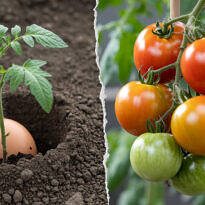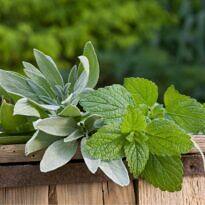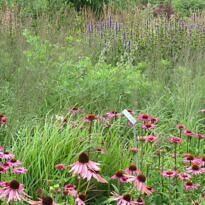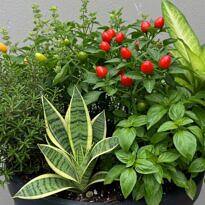
In the realm of landscaping, every shift in terrain presents an opportunity for transformation. Garden design is an intricate dance between art and science, orchestrating nature’s elements into a harmonious symphony. This article delves deep into the heart of garden revitalization, exploring the nuances of design, horticulture, and cultural context. We’ll traverse through the process of breathing new life into your outdoor space, all while aligning the narrative with the climates and cultures.
The Essence of Garden Design
Garden design is more than just arranging plants; it’s a narrative that tells the story of your space. A well-conceived garden invites you to explore its contours, colors, and textures. When approaching a new landscape project, consider it a blank canvas awaiting your artistic touch. Much like a painter meticulously selects colors, a gardener thoughtfully chooses plants, ground cover, and embellishments to craft a living masterpiece.
In some instances, homeowners inherit gardens with hidden potential, obscured by a lack of maintenance or an incongruent layout. This presents an exciting journey to revive and reshape the space, crafting an outdoor haven that resonates with your vision and lifestyle.
Evolution of Landscape Design
Throughout the 20th century, garden ownership evolved from a utilitarian practice to an artistic endeavor. A surge of interest in landscape architecture and horticulture propelled the garden into a realm where creativity flourishes. This transformation birthed a new generation of landscape architects, armed not only with practical knowledge but also a profound understanding of the ecological tapestry.
Contemporary garden design encapsulates both form and function. A well-designed garden serves as an extension of your living space, a sanctuary for relaxation, social gatherings, and introspection. Elements such as natural topography, plant compositions, water features, lighting, sculptures, and outdoor amenities intertwine to create a cohesive and visually appealing environment.
Crafting Your Garden’s Narrative
Embarking on a garden revitalization journey demands a holistic approach. Start by surveying your current space, discerning its strengths and weaknesses. Does your garden complement the architectural style of your home? Are there areas of untapped potential? Answering these questions forms the foundation of your garden’s narrative.
Your home’s dimensions and architectural style should guide your landscape choices. Trees offer shade and stature, while shrubs provide structure and privacy. Choosing plants that thrive in your region’s climate is paramount, ensuring a sustainable and low-maintenance garden. While hardscape elements like pathways and seating contribute to functionality, they can also become focal points that seamlessly merge nature and design.
Cultural Context in Design

The fusion of cultural context with design elevates your garden from mere aesthetics to an evocative experience. Take cues from English cottage gardens, where a profusion of flowers creates a tapestry of color and fragrance. Or, draw inspiration from the clean lines of modern American landscapes that celebrate minimalism and open spaces.
Every culture imbues landscapes with its unique identity. English gardens embrace formal symmetry and a touch of wildness, mirroring the British appreciation for both order and nature’s untamed beauty. In contrast, American gardens often embody a spirit of adventure, with native plants fostering biodiversity and resilience.
A Journey of Collaboration
Revitalizing your garden is a collaborative journey. Engaging with landscape designers, horticulturists, and artisans transforms your vision into reality. Professionals bring expertise in plant selection, soil analysis, irrigation systems, and sustainable practices. This collaboration ensures a thriving garden that seamlessly merges your aspirations with nature’s rhythms.
Sustainable Landscaping
A reimagined garden is an opportunity to embrace sustainability. Choose native plants that require less water and maintenance, reducing your ecological footprint. Implement rainwater harvesting systems and efficient irrigation methods, preserving this precious resource. Thoughtfully position trees and shrubs to provide natural shade, curbing energy consumption during sweltering summers.

Conclusion
Garden revitalization transcends aesthetics; it’s a testament to the beauty of evolution and human creativity. As you embark on this transformative journey, remember that your garden is an extension of your identity, culture, and values. From the delicate petals of a flower to the grandeur of a majestic tree, every element plays a role in crafting a narrative that is uniquely yours.






